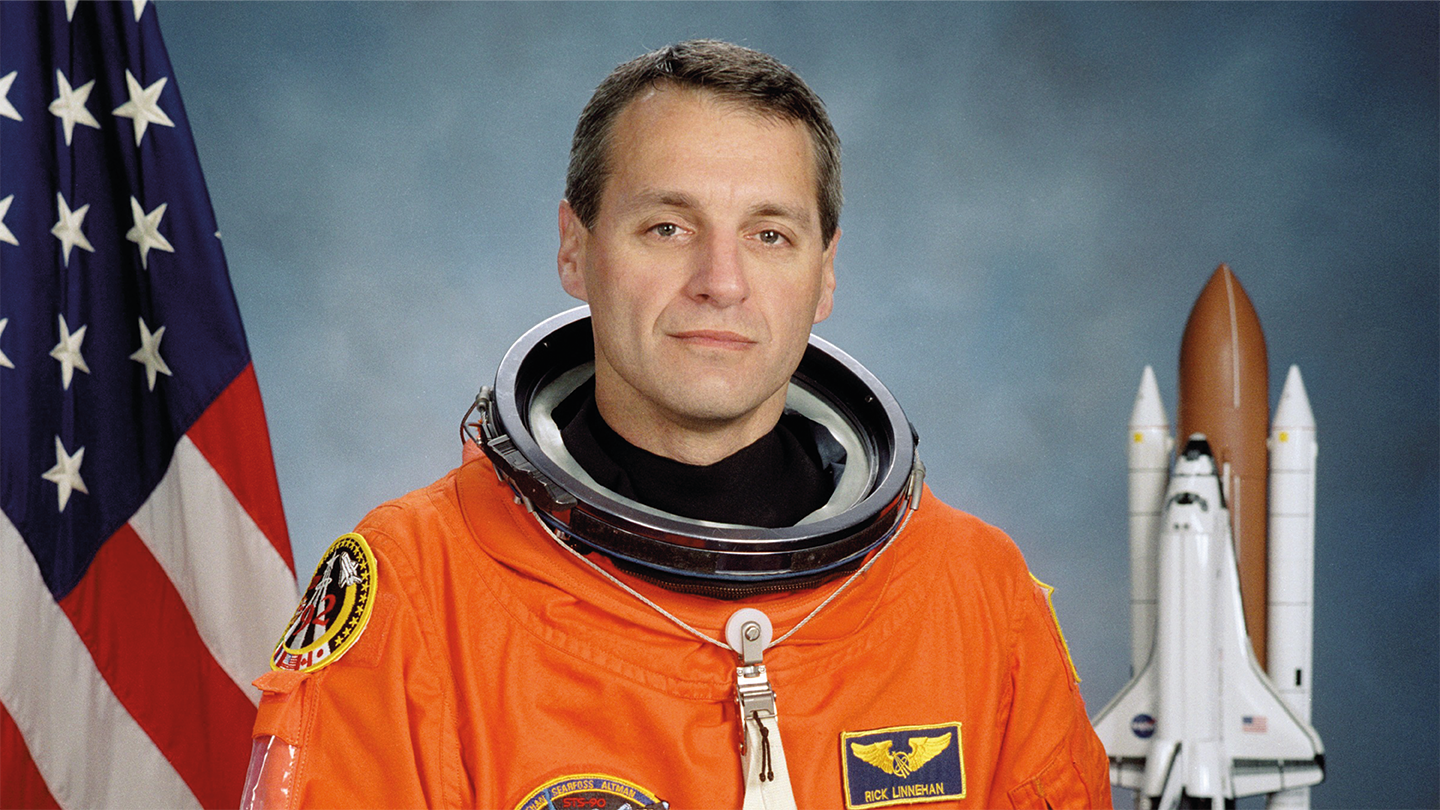
What initially prompted you to study veterinary pathology?
I was always interested in disease processes and epidemiology, but what sparked my interest in veterinary medicine was working for a local equine and large animal veterinarian in high school. I thought it was really cool that a human could actually help animals that big. I was interested in human medicine, too, but I was so intrigued by the veterinary side – especially exotic animals – that I decided to take that route.
I did my veterinary residency in comparative pathology and exotic animal medicine, and then did research and clinical work with zoo animals for several years. My main interest, even then, was in marine mammals and related ecosystems. I met the head of the US Navy’s marine mammal program while in veterinary school, and I wanted to be the program’s main veterinarian. Even though I had stayed in touch and geared my residency and extracurricular activities toward marine mammal work, I couldn’t believe it when I got the job!
The program involved training teams of sea lions and dolphins to perform underwater searches – they were much better than human divers. The animals were never in danger, of course; we just relied on them to detect and report potential hazards. In fact, they were better taken care of medically and nutritionally than most people! We also did some pretty cool research – studies on reproduction, longevity, nutrition, and many other things.
How did that lead to a career as an astronaut?
Before I applied to veterinary school, the only other thing I had ever wanted to be was a fighter pilot. I was accepted into the Air Force and veterinary school at the same time, and my advisor convinced me to choose the latter. During my studies, I used to watch the shuttle launches and ask myself, “How can I still fly?” And I figured that, if the space program was sending up mission specialists, doctors, physicists, and geologists, they’d need a veterinarian as well.
I interviewed with them (for which I can thank my experience as a deploying military marine mammal veterinarian) and, in 1992, they called me to say, “Would you like to be an astronaut?” Well – of course I would!
When you look down at our planet from space, you realize that everything that seems so big and infinite… isn’t. It made me realize just how important the concept of “One Health” is. For instance, I’m a veterinarian, so I do comparative pathology – avian, reptile, amphibian, mammalian, human, even invertebrate – but most healthcare professionals focus only on humans. “One Health” brings us back to the idea that it’s all connected. Disease entities don’t stick to a single organism or environment; they move between them. The planet is smaller than we think. It’s a closed ecosystem, and everything that lives will eventually, in some way, affect everything else.
What was your role on your missions?
My first mission, STS-78, was a life and microgravity sciences mission in the Spacelab where we looked at how various biological processes work in space. We looked at the differences in how biological systems function in zero or microgravity versus normal gravity. Everything that has ever lived on Earth has evolved in a 1 G gravity field, so when you take that away, how do things respond?
The second flight – STS-90, or Neurolab – was much more involved. We were looking at nervous system disturbances brought on by spaceflight. We had a vast array of animals – crickets, rodents, even oyster toadfish. Fish are kind of wild because their neutral buoyancy means that they live in a pseudo-microgravity environment – but they rely on gravity to tell them up from down. So how do they maintain buoyancy and navigation in space?
We also liked to joke that we had four big primates on board on whom we performed most of our experiments – us. I was pleased to have the opportunity to use my veterinary degree and pathology training to help the future survival of humanity. If we can’t figure out how to keep humans healthy and strong in space, then we’re not going to go. We won’t travel long distances to other planets, because by the time we get there, we’re going to be so unhealthy and so discombobulated that we won’t be able to function. I hope our operational studies will one day help humans take to the stars.
My final two missions were not life sciences-related, and allowed me to venture into the world of spacewalking. On STS-109, we rendezvoused with, repaired, and upgraded the Hubble Space Telescope. That was an awesome flight experience and a great mission. My last flight, STS-123, was to the International Space Station, where I and my spacewalk team helped build the space station. We installed the Japanese laboratory, called Kibo, and a giant robot called the Special Purpose Dexterous Manipulator that moves around the station and replaces worn-out parts.
What do you think is the most underrepresented aspect of pathology?
I think it’s comparative pathology – the link between disease processes in humans, animals, and the environment. We haven’t thought about it as much as we should because we’re too focused on our own species, so we don’t always consider that the same organisms and errors cause problems to other species as well, even though the presentations may be different to our own. We must remember that it’s all interrelated.




